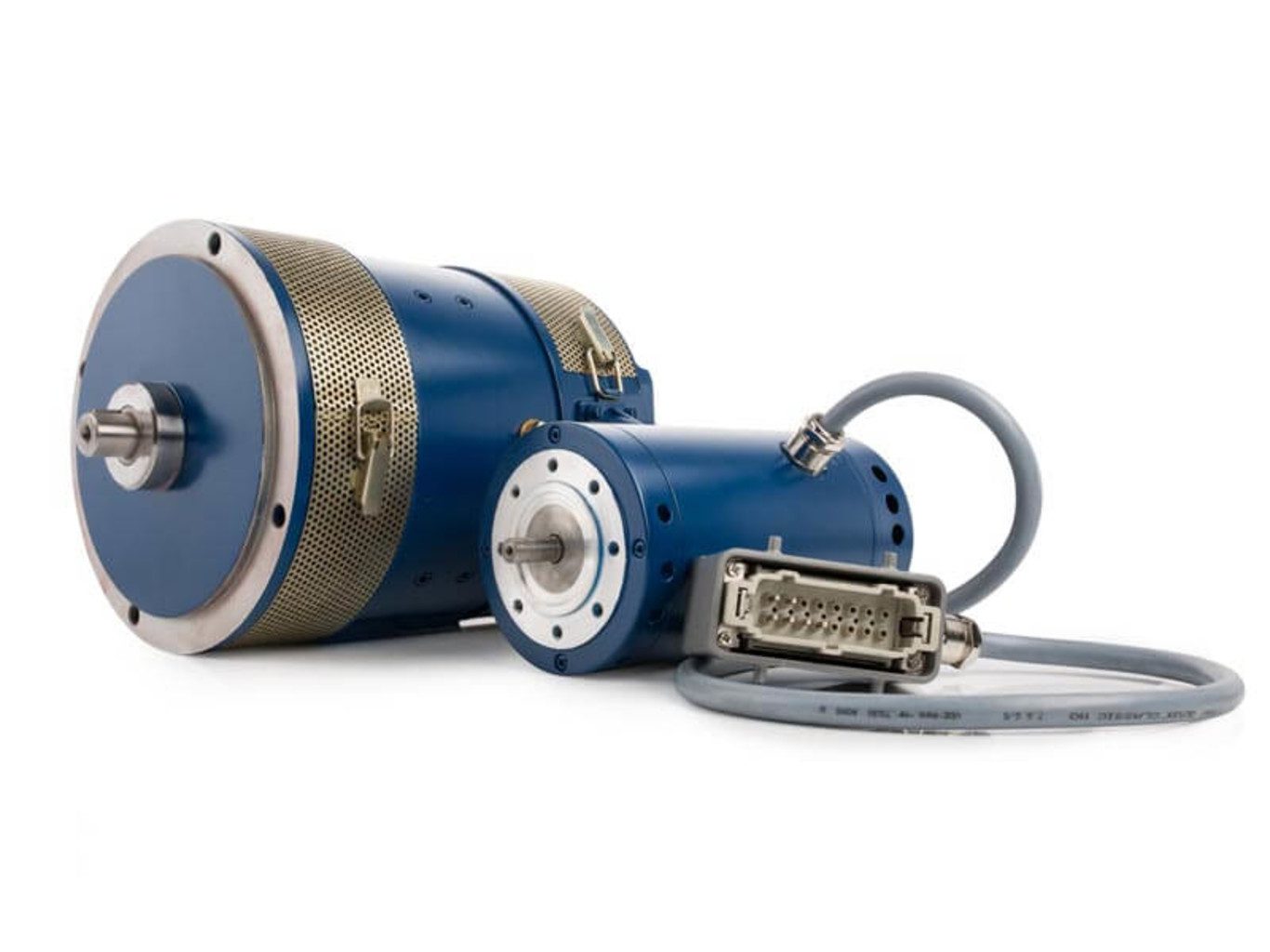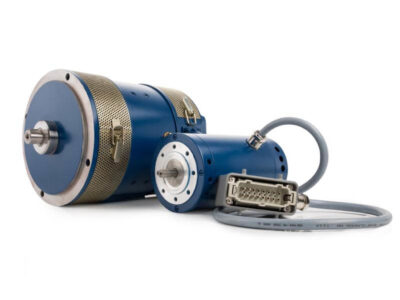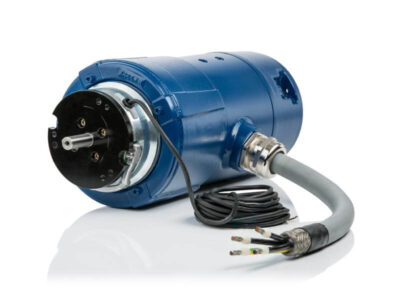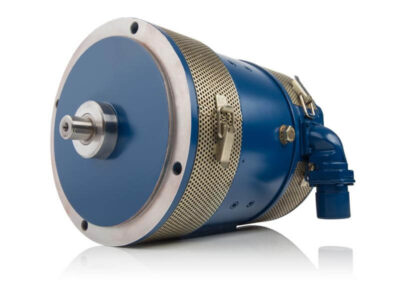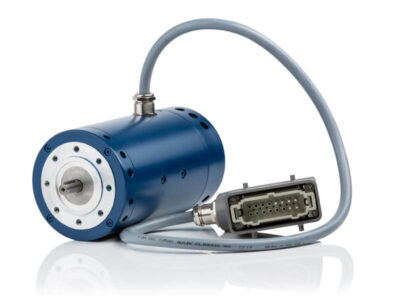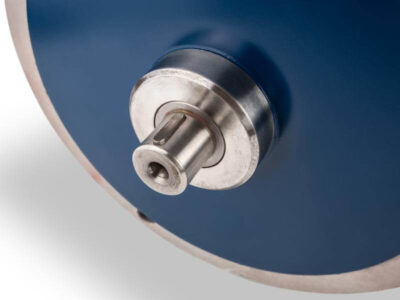Description
GN
Powerful DC motors for robust applications
- Voltage versions (12 / 24 / 48 VDC or higher)
- Secondary, series and compound winding versions
- Customized flange/shaft
- Options: Second shaft end, customized attachment and connection solutions, degree of protection up to IP68
Heavy-duty DC motor
The DC motors are ideally tuned for particularly robust heavy-duty applications. The motors are suitable to draw power directly from a battery. The DC motors are available in widely different versions and are individually adapted to the respective on-site connection and attachment conditions.
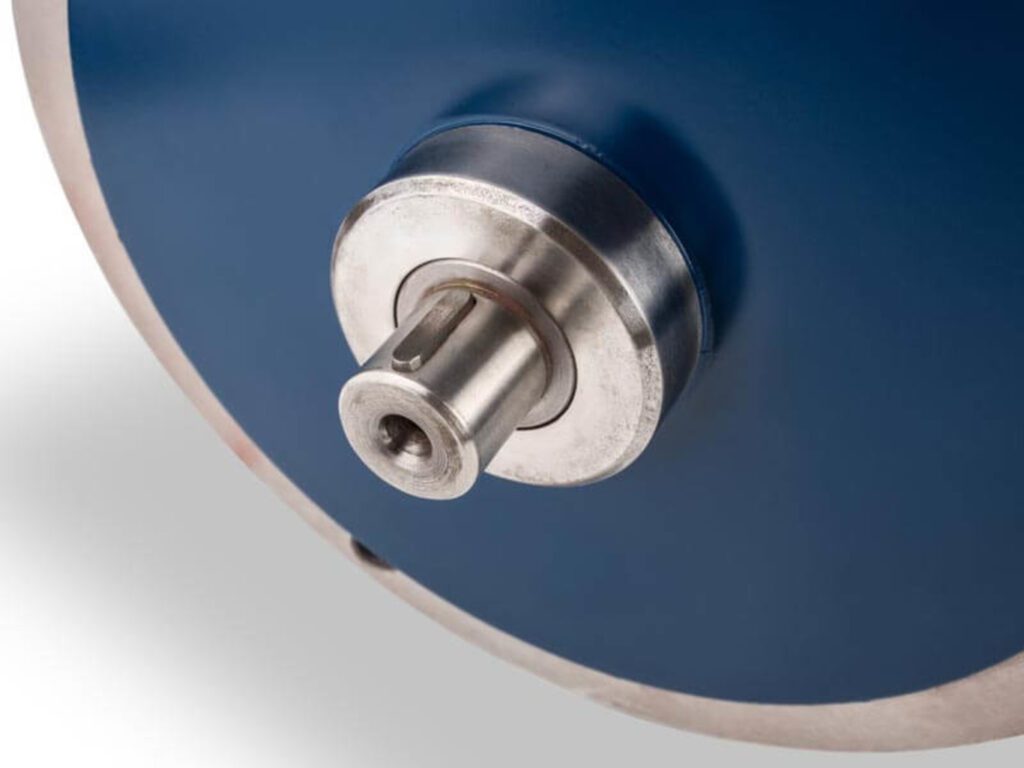
Technical Data
| Output | Up to 30 kW |
| Speed | Up to 4500 rpm |
| Torque | Up to 83 Nm |
| Voltage | 12 / 24 / 48 VDC (or greater) |
| Current | Up to 500 A DC |
| Electrical connection | Terminal box / cable / custom connector |
| Degree of protection | Up to IP68 |
| Device options | Shunt / series / compound versions |
| Mechanical options | Second shaft end / custom attachment solutions (spring-operated brake etc…) |
| Special features and certificates |
Downloads
More About The GN DC Motor In Australia
Hubner Australia offers a GN DC motor that is powerful and suitable for robust applications. The motor is available in different voltage versions, including 12 / 24 / 48 VDC or higher, and has customized flange options. It also comes in secondary, series, and compound winding versions.
The GN DC motor is battery-powered and shunt-wound, making it ideal for trouble-free operation without a trailing cable. It is designed for direct power supply from a battery and can be used in extreme operating conditions.
What are the typical applications of GN DC motors
PERPLEXITY
GN DC motors are powerful and designed for robust applications, making them suitable for various industries and applications. Some typical applications of GN DC motors include:
- Heavy-duty applications
- Battery-powered vehicles such as automated guided vehicles and heavy-load transporters
- Safe hollow shaft and solid shaft mountings, safety couplings, intermediate flanges, adapter shafts, and torque brackets
- Tools, toys, and household appliances
GN DC motors are available in different voltage versions, such as 12 / 24 / 48 VDC or higher, and customized flange/shaft options.
They also come in secondary, series, and compound winding versions, with customized attachment and connection solutions.
Infinitely variable GN DC motors are required to drive a 100-ton heavy-load transport vehicle used to transport casting ladles, powered by a 48 V battery and connected to a gearbox to provide a travelling speed of 10 m / min.
What are the key factors to consider when selecting a DC motor for a specific application?
When selecting a DC motor for a specific application, there are several key factors to consider. These include:
- Input power: Take note of the available input voltage at the motor terminal, current limits, and what controls will be required to manage the motor within the application. Pay close attention to the maximum allowable current early in the selection process.
- Motor size: It is vital that the motor fits the available size within the device. Even as the size is being reduced, motors must deliver the best possible output.
- Speed, torque, and power: These are the three most important characteristics to understand for any DC motor application. Once you’ve identified these, you can narrow down your choices of motors.
- Physical characteristics: If the DC motor must fit a space or meet a weight requirement, then physical characteristics may be important selection factors. Shaft configuration and environmental limitations should also be considered.
- Duty cycle: Consider the duty cycle of the motor, which is the ratio of the motor’s operating time to its total cycle time. The duty cycle is an important factor in determining the motor’s lifespan.
- Ambient temperature: The temperature of the environment in which the motor operates is an important factor to consider. DC motors have a temperature range beyond which they cannot operate.
- Specific application parameters: These include controlled feedback, brake, the desired result, and the working environment.
In summary, when selecting a DC motor for a specific application, it is important to consider factors such as input power, motor size, speed, torque, power, physical characteristics, duty cycle, ambient temperature, and specific application parameters.


